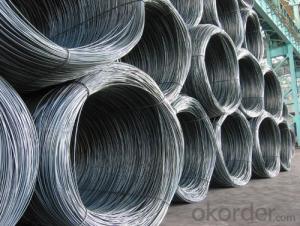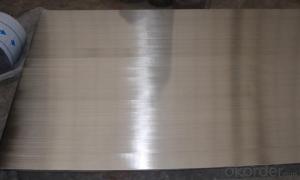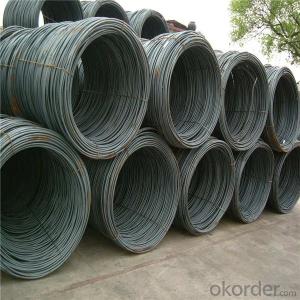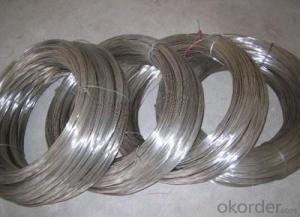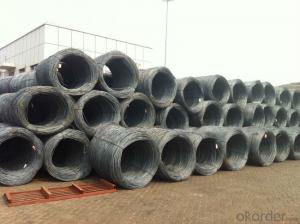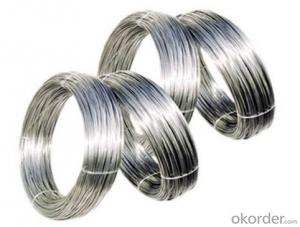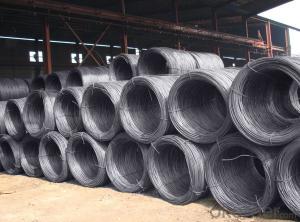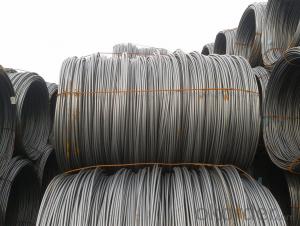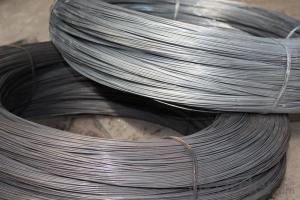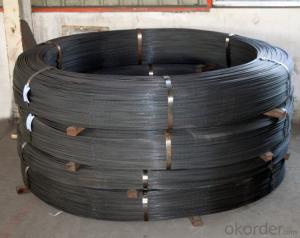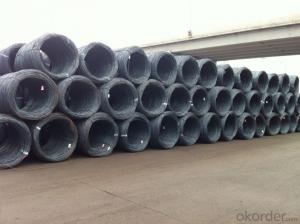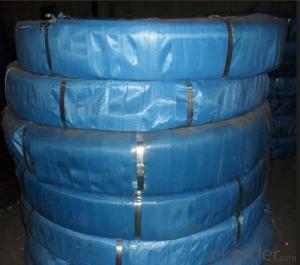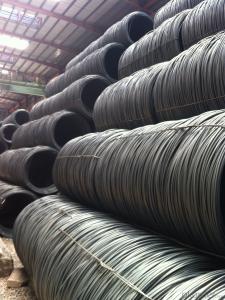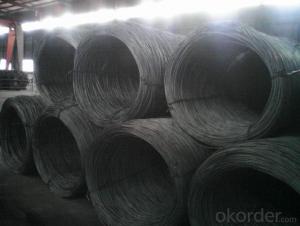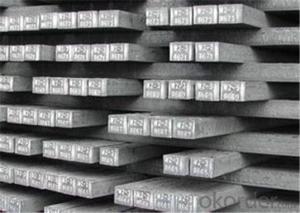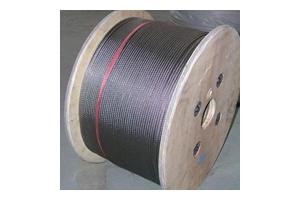All Categories
- - Steel Wire Rod
- - Steel Coils
- - Steel Profiles
- - Steel Pipes
- - Stainless Steel
- - Tinplate
- - Special Steel
- - Steel Sheets
- - Steel Rebars
- - Steel Strips
- - Hot Rolled Steel
- - Cold Rolled Steel
- - Pre-painted Steel
- - Seamless Steel Pipe
- - Welded Steel Pipe
- - Hollow Steel Tubes
- - Galvanized Pipe
- - Stainless Steel Coil
- - Stainless Steel Sheet
- - Stainless Steel Plate
- - Stainless Steel Strips
- - Electrolytic Tinplate Coil
- - Electrolytic Tinplate Sheet
- - Stainless Steel Rebars
- - Solar Panels
- - Solar Water Heater
- - Solar Related Products
- - Solar Inverter
- - Solar Cells
- - Solar Light
- - Solar Energy Systems
- - Solar Controllers
- - Solar Mounting System
- - Solar Pump
- - Solar Chargers
- - Fiberglass Chopped Strand
- - Fiberglass Mesh Cloth
- - Composite Pipes
- - FRP Pultrusion Profiles
- - Fiberglass Mat Tissue
- - Fiberglass Fabrics
- - Fiberglass Mesh
- - Composite Tank
- - Fiberglass Mesh tape
- - Polymer
- - FRP Roofing Panel
- - Fiberglass Roving
- - Monolithic Refractories
- - Ceramic Fiber Products
- - Refractory Bricks
- - Raw Materials For Refractory
- - Suspended Platform
- - Cranes
- - Concrete Machinery
- - Earthmoving Machinery
- - Building Hoist
- - Road Building Machinery
- - Plastic Pipe Fittings
- - Plastic Tubes
- - Plastic Sheets
- - Agricultural Plastic Products
- - Plastic Nets
 All Categories
All Categories
Q & A
What are the benefits and challenges associated with using steel wire rods with high nitrogen content?
The benefits of using steel wire rods with high nitrogen content include improved strength, increased hardness, and enhanced corrosion resistance. The high nitrogen content helps in enhancing the mechanical properties of the steel, making it suitable for various applications such as construction, automotive, and machinery industries.
However, there are also challenges associated with using steel wire rods with high nitrogen content. One challenge is the higher cost compared to traditional steel rods due to the additional processing required to achieve the desired nitrogen content. Another challenge is the difficulty in achieving a uniform distribution of nitrogen throughout the steel, which can affect the consistency of the mechanical properties.
Additionally, the high nitrogen content can also make the steel more brittle, which may limit its usage in certain applications where toughness is crucial. Specialized manufacturing processes and handling techniques are also required to ensure the integrity of the high-nitrogen steel wire rods throughout their production, transportation, and usage.
Overall, while steel wire rods with high nitrogen content offer several advantages, careful consideration of the associated challenges is necessary to ensure their optimal usage in specific applications.
What is the relationship between copper coating and the electrical conductivity of steel wire rods?
Copper coating on steel wire rods improves their electrical conductivity by providing a highly conductive layer on the surface of the wire, allowing for efficient transmission of electricity.
What is the impact of microstructure on steel wire rod properties?
Microstructure refers to the arrangement and distribution of different phases and constituents within a material, in this case, steel wire rods. The microstructure of a steel wire rod has a significant impact on its properties. It influences important characteristics such as strength, toughness, ductility, and resistance to various forms of degradation.
The presence of different phases, such as ferrite, pearlite, martensite, and bainite, in the microstructure of steel wire rods affects their mechanical properties. For example, a higher proportion of martensite can result in increased strength and hardness, but reduced ductility. On the other hand, a higher percentage of pearlite can enhance toughness and ductility, but at the expense of strength.
Furthermore, the size, shape, and distribution of various microstructural constituents play a crucial role in determining the wire rod's performance. Grain size, for instance, affects mechanical properties, with smaller grains typically resulting in higher strength. Additionally, the presence of impurities or non-metallic inclusions in the microstructure can influence the wire rod's resistance to fatigue, corrosion, and other forms of degradation.
In conclusion, the microstructure of steel wire rods directly affects their properties, including strength, toughness, ductility, and resistance to degradation. Proper control and optimization of the microstructure during manufacturing processes can lead to wire rods with desired characteristics for specific applications, ensuring their optimal performance and reliability.
Wholesale Steel Wire Rod from supplier in Moldova
We are a Steel Wire Rod supplier serving the Moldova, mainly engaged in the sale, quotation, and technical support services of various Steel Wire Rod products in the Moldova region. We are a subsidiary platform of the Fortune Global 500 company CNBM, able to provide you with one-stop Steel Wire Rod procurement services in the Moldova. Not only do we have a wide range of Steel Wire Rod products, but after years of market development in the Moldova, we can also provide valuable experience for your projects.
